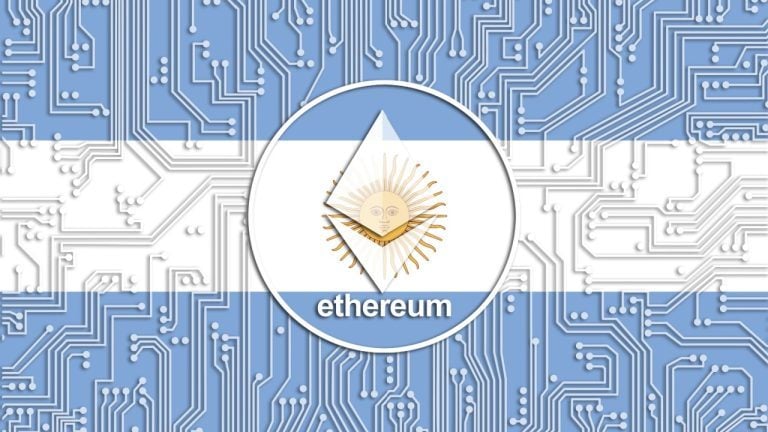
The transformation of the Ethereum network, popularly known as ‘The Merge,’ marked a significant shift in the blockchain’s energy usage and climate impact. A detailed report by the Cambridge Centre for Alternative Finance (CCAF) meticulously dissects this journey, offering invaluable insights into Ethereum’s historical and current ecological footprint. This transition, deeply rooted in environmental considerations, demonstrates a pivotal change in the digital asset ecosystem.
Ethereum’s Environmental Footprint Transformed, Says CCAF Report
Before The Merge, Ethereum’s proof-of-work (PoW) mechanism demanded considerable energy, largely due to the computational intensity of mining processes. This phase, while essential for the network’s security and integrity, raised environmental concerns due to its high energy consumption. The latest CCAF report highlights this period as a critical phase in understanding Ethereum’s total environmental impact. The CCAF’s previous article on the subject did not include geographical distribution
“In a previous article (April 2023), we introduced our work on Ethereum’s pre-Merge electricity consumption,” CCAF research lead Alexander Neumüller wrote. “Although this study signified a crucial preliminary step, it did not capture the geographical distribution of mining activity, thus missing a vital component for a more comprehensive environmental impact assessment.”
This diverse geographical distribution, as noted in the report, was influenced by Ethereum’s initial application-specific integrated circuit (ASIC)-resistant protocol design, which made mining more accessible across different regions. Europe, for instance, played a significant role in the early days, with a noticeable presence in the mining landscape.
The report estimates that the total greenhouse gas (GHG) emissions attributable to Ethereum mining stood at 27.5 MtCO2e up until it transitioned to proof-of-stake (PoS). This figure, accounting for nearly 0.06% of global GHG emissions in 2020, according to the CCAF study, is comparable to the emissions of countries like Honduras and Lebanon.
The Merge, Ethereum’s transition from PoW to PoS, was a strategic shift aimed at increasing scalability and reducing energy consumption. This switch not only marked a reduction in energy use by approximately 99.97% but also set the stage for future scalability improvements, making Ethereum’s network more sustainable and efficient.
Post-Merge, the network’s environmental impact has been significantly reduced. The CCAF’s estimates show a dramatic decrease in GHG emissions, indicating a successful implementation of the PoS mechanism in reducing the network’s ecological footprint. Toward the end of the study, Neumüller asks if Bitcoin will follow Ethereum’s path and remarks that bitcoiners “predominantly uphold its commitment to PoW.”
“The narrative of Ethereum and Bitcoin’s different paths is not just a tale of technological advancements but also reflects different ideologies and priorities of their communities, highlighting the multifaceted complexity inherent in the evolution of leading blockchain networks,” Neumüller concludes.
What are your thoughts on the latest CCAF report on Ethereum? Let us know what you think in the comments section below.
Bitcoin News








Leave a Reply
You must be logged in to post a comment.